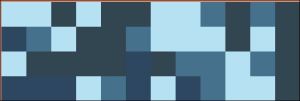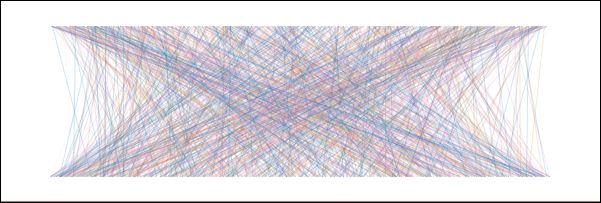I am numbering the titles in order to keep track of my thoughts.
I have continued to watch tutorials videos of Interactive Data Visualization with Processing with Barton Poulson on Lynda.com. Since I took an introduction to programming course for C++ last semester, I am pretty familiar with the repetition concepts such as for loops and while loops. As for as I know, I do not think there are do … while loops in Processing.
Unlike my course in C++, I am learning about using interactive commands such as mouse-tracking, with coordinates (mouseX, mouseY), mousePressed(), and keyPressed. The interactive elements reminds me of the examples in the Javascript & jQuery: interactive front-end web development book by Jon Duckett that I have been reading this summer. I am only half-way through the book though.
I didn’t really get creative this time. Mostly, I followed the tutorials verbatim. With processing, I can make the squares on the image above, continuously cycle through different colors in my palette.


